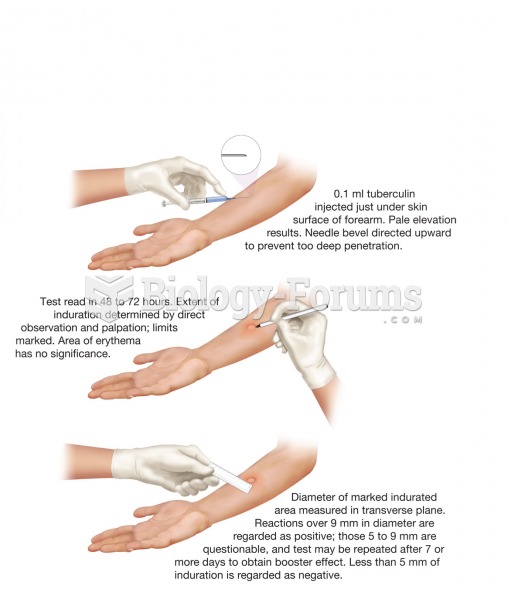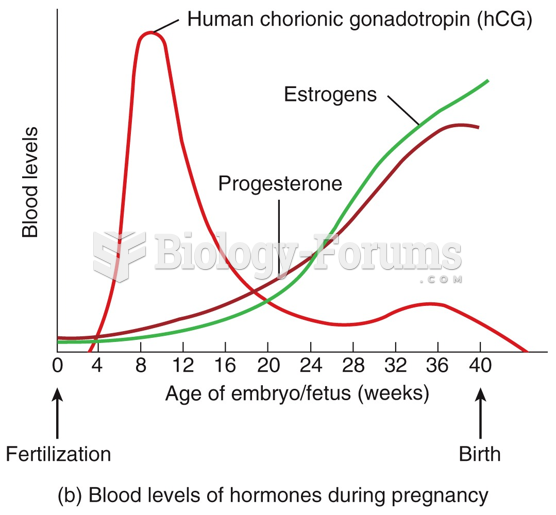After reading the paragraphs below, answer the questions that follow.
Home pregnancy test kits can detect whether a woman is pregnant within 1 to 3 weeks of her egg being fertilized. The test kits include a short strip of paper that extends from a plastic case. After a woman urinates on the strip of paper and waits 3 to 5 minutes, a symbol is displayed on a small window in the plastic case. Some tests show a single line to indicate the woman is not pregnant (negative result) and two lines to indicate she is pregnant (positive result). Others show a minus or plus sign (or some other variation) to indicate negative and positive results.
The test reports a positive symbol if it detects the presence of HCG in the woman's urine. In order for HCG to be detected, it must be present in the urine at a concentration of at least 10 to 100 units per milliliter. Even though home pregnancy tests are well designed and have been tested extensively, false negative and false positive results do occur. A false positive occurs when a test tells a woman that she is pregnant when she really is not, and a false negative occurs when a test tells a woman that she is not pregnant when she really is. Most home pregnancy test kit manufacturers claim that their tests are over 99% accurate.
If you were designing a home pregnancy test kit, which of the following statements would you include in the instructions in an attempt to minimize false positive results?
◦ Wait at least a week after missing the start of your menstrual cycle to take the test.
◦ Take the test, and 3 hours later check the results of the test.
◦ If you are taking fertility drugs containing androgens, have your physician validate the results.
◦ If you are taking fertility drugs containing hormones, have your physician validate the results.







